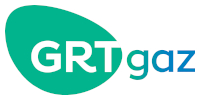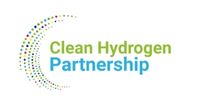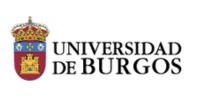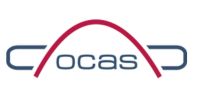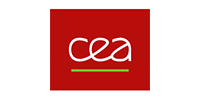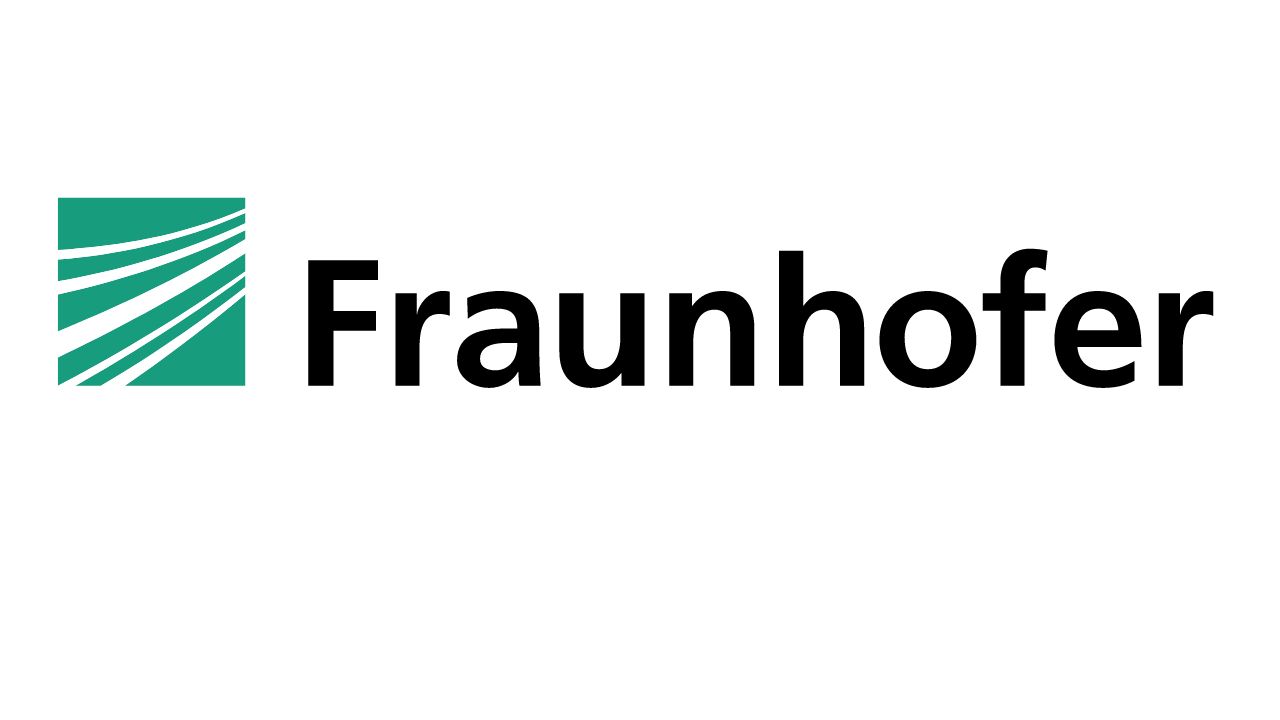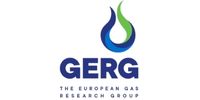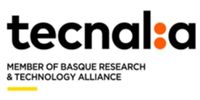PilgrHYm
Pre-normative research on integrity assessment protocols of gas pipes repurposed to hydrogen and mitigation guidelines.
January 2024 - December 2027
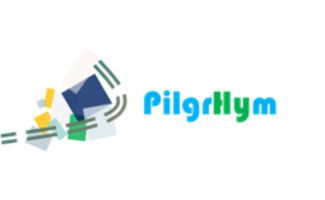
SUMMARY AND OBJECTIVES
Ensuring the safe use of hydrogen (H2) as an energy carrier is crucial for its general adoption and commercialization, especially as it enters new environments such as cars, buses, and residences. The H2 industry's decades of experience safely managing H2 in industrial settings is valuable, but it must be applied to these new contexts. Best practices for safety principles and procedures must be used to maintain consistency throughout the H2 supply chain, as well as the establishment of an H2 safety culture at all levels. To transform H2 projects into mass-market products, a comprehensive legislative and regulatory framework must be developed, which includes clear laws, technical requirements, and standards. To facilitate the smooth implementation of hydrogen injection in natural gas networks, the EU must also adopt EU-wide legislation, codes, and standards for H2 technology. By doing so, Europe can help to build a safe and reliable H2 supply chain while also encouraging widespread usage of this promising energy carrier.
PilgrHYm intends to speed up the development of a safe, efficient, and flexible hydrogen grid across Europe by repurposing existing gas networks. It intends to evaluate various steel grades, welds, and heat-affected zones from European gas grids to solve safety issues, regulatory gaps, and research limits related to hydrogen compatibility with current pipelines. The project's goal is to collect data on more than 78% of the European grid and improve existing norms, rules, and standards, ultimately laying the groundwork for a harmonized European solution. Moreover, PilgrHYm aims to provide guidance on how to address any material compatibility concerns that may emerge, including pipeline design, material selection, mitigation approaches, and defect acceptance criteria. To achieve these objectives, the project is structured into three pillars: I) State of the art and inventory, II) experimental and numerical assessment, and III) evaluation.
FOUNDATION ROLE
Aragon Hydrogen Foundation is responsible for the leadership of WP5, which main objective is to establish the mitigation guidelines towards limiting embrittlement phenomena. Moreover, FHA will also be involved in material selection, revision of existing codes and standards, experimental campaigns and results evaluation.
